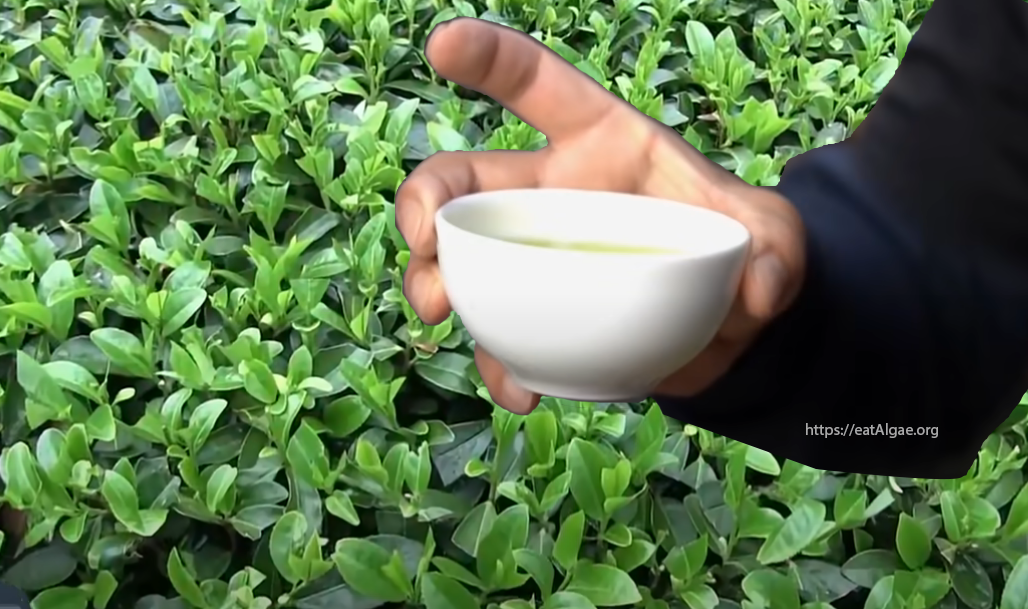What is Green Tea?
Green tea is made from the leaves and buds of Camellia sinensis.
There are two varieties of this plant (Camellia sinensis):
- Camellia sinensis sinensis, which is grown in China, and
- Camellia sinensis assamica, which is grown in Assam, India.
Types of Green Tea
As we know, Tea leaves are processed in different ways to produce the different types of tea.
Camellia sinensis leaves and buds are used for the production of tea.
The leaves are dried and then steamed or pan-fried. They are then rotated and dried.
As a result, green tea tastes more natural than other types of tea.
Green tea is more suitable for blending with other flavors such as chamomile, ginger and jasmine.
Uses of Green Tea
As Food
Historical records from 750 BC indicate that tea was being grown and consumed by Indians as a vegetable. But, it was the British who began tea cultivation in India and introduced Indians to the habit of drinking tea.
- Boiled with water and had as a drink.
- Added to soup and stew.
- Mixed in marinade and dressing.
- Used to make cookies and cakes.
- Extract is used in the manufacture of dyes, detergents, deodorants and sterilizing liquids.
- Tea polyphenols are used in the preparation of certain medicines.
Origin of the Green Tea
The history of tea in China is long and complex, for the Chinese have enjoyed tea for centuries.
Tea originated during the reign of Emperor Shennong of China and dates back to 2737 BC. However, it was much later that the benefits of green tea were discovered and people started consuming it as a medicinal or health drink.
Green tea is known in China as “Dragon Well tea” or “Longjing tea”.
In the eighth century, Japanese Buddhist monks traveling to China brought some tea seeds back with them. Thus, tea cultivation began in Japan. Green tea is called “Ryokucha”.
Surprisingly, the history of tea consumption in India is much older than the Japanese or Europeans. Historical records from 750 BC indicate that tea was being grown and consumed by Indians as a vegetable. But, it was the British who began commercial tea cultivation in India and formally introduced Indians to the habit of drinking tea.
Green Tea Nutritional Facts
Energy 4kj (0.96kcal).
Minerals in Green Tea
- Iron 0.02mg
- Magnesium 1mg
- Manganese 0.18mg
- Potassium 8 mg
- Sodium 1mg
Vitamins in Green Tea
- Thiamine (B1) 0.007mg
- Riboflavin (B2) 0.06mg
- Niacin (B3) 0.03mg
- Vitamin (B6) 0.005mg
- Vitamin C 0.3 mg
Vitamin A,Vitamin C, and VitaminK
Proteins in Green Tea
Green tea contains Protein 0.2g
Acids in Green Tea
Green tea doesn’t contain saturated fatty acids.
Lipids : Linoleic acid, and -linolenic acid
Amino acids : L-theanine, Tyrosine, Tryptophan, Valine, Arginine, etc.
And Others constituents
Water 99.9 g
Caffeine 12 mg
Corbohydred : Glucose, Cellulose and Sucrose
Green Tea Health Benefits
Green tea is considered one of the healthiest drink items on the planet.
It is loaded with antioxidants that have many health benefits, which may include:
- Improves brain function
- May Prevent Cancer: Colorectal cancer, Prostate cancer, Breast cancer.
- May Lower Blood Pressure
- Fights cold and flu
- Protects from skin diseases
- Benefits people with diabetes
- Promotes Heart Health
- May reduce bad breath
- Green Tea Benefits for Skin & Hair
- Boosts Immunity
- Helps for Weight Loss
- Maintains Oral Health
Side effects And risks of Green Tea
- Diabetes: Consumption might affect blood sugar control.
- It can increase the risk of bleeding.
- It can increase blood pressure in people with high blood pressure.
- Irritable bowel syndrome(IBS) it can worsen diarrhea and symptom of IBS
- Green tea has caffeine So, when it is consumed in large quantities caffeine increases and causes insomnia, restlessness and diarrhea.
- Green tea has diuretic properties.
- The tannins present in green tea can stain the teeth.
- The caffeine present in green tea can interfere with the absorption and effect of certain types of medications.
- Green tea is the second most consumed liquid on earth, after water. It is grown in plantations that are 3,000 to 7,000feet above sea level.
- It was expensive during 18 century.
- Tea bags introduced in the 1900s.
- Black tea was created much later after green tea, in the 16th century.
- Green tea contains less (36 mg)caffeine compared to black tea(40-80 mg).
- Polyphenols are found in green tea including epigallocatechin gallate (EGCG), epicatechin gallate, epicatechins and flavanols.
- Although the average content of flavonoids and catechins in one cup of green tea is higher than similar amounts in other food and drink items, that is believed to promote health.
- Green tea is the least processed type of tea.
- Only 20% of tea consumed globally is green tea.
Summery
Green Tea is tea made with leaves and buds of Camellia sinensis.
Today, tea is grown in 40 countries around the world.
Already, 20% of tea drinkers choose one of the countless types of green tea (78% choose black tea and 2% other varieties).
Most of which come from three countries: China, India and Japan
Other countries, including Vietnam, Thailand, Sri Lanka and Nepal, make green tea.
Family: Theaceae
Kingdom: Plantae
Species: C. sinensis (Camellia sinensis)
Order: Ericales
Colour: Green
Country of origin: China
Region of origin: East Asia

